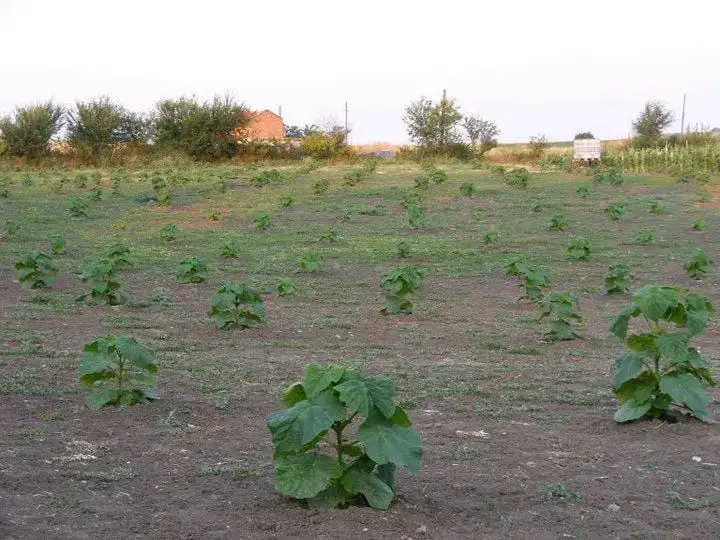
Agroforestry: Integrating Trees into Farming for a Resilient Future
Agroforestry combines agriculture and forestry to create sustainable and productive land-use systems. At STW Solution, we promote agroforestry as a means to improve soil fertility, enhance biodiversity, and increase farm resilience. This blog post explores the benefits of agroforestry, the methods we use, and the success stories from our projects. Learn how integrating trees into agricultural landscapes can transform farming practices and contribute to a sustainable future.
The Benefits of Agroforestry
Agroforestry offers a myriad of environmental, economic, and social benefits. By integrating trees and shrubs into agricultural landscapes, we can improve soil health through increased organic matter and nutrient cycling. Trees provide shade and shelter for crops and livestock, reducing heat stress and improving water retention in the soil. This helps mitigate the impacts of climate change, such as drought and extreme temperatures, making farms more resilient.
Furthermore, agroforestry enhances biodiversity by creating habitats for various species, including pollinators and natural pest predators. This leads to a more balanced ecosystem, reducing the need for chemical inputs and promoting sustainable farming practices. Economically, farmers benefit from diversified income streams through the production of timber, fruits, nuts, and other tree-derived products, increasing their financial stability and reducing vulnerability to market fluctuations.
Methods of Agroforestry
At STW Solution, we implement several agroforestry practices tailored to the specific needs and conditions of the communities we work with. Some of these methods include:
- Alley Cropping: Planting rows of trees or shrubs between rows of crops. This practice enhances soil fertility, reduces erosion, and provides additional income from tree products.
- Silvopasture: Integrating trees with livestock grazing. Trees offer shade and forage for animals, improve pasture quality, and provide a source of income from timber or fruit.
- Forest Farming: Cultivating high-value crops like mushrooms, herbs, or berries under a forest canopy. This method maximizes the use of forest resources while preserving biodiversity.
- Windbreaks: Planting trees in rows to protect crops and soil from wind erosion. Windbreaks also provide habitats for wildlife and can be a source of wood or other tree products.
Success Stories from Our Projects
Our agroforestry projects have demonstrated significant success in various regions. In Cameroon, we have partnered with local farmers to implement alley cropping and silvopasture practices. These projects have led to increased crop yields, improved livestock health, and greater biodiversity on farms. Farmers have reported higher incomes from the sale of timber and fruit, as well as reduced expenditures on chemical fertilizers and pesticides.
In addition, our efforts in agroforestry education have empowered communities to adopt sustainable practices. Workshops and training sessions provide farmers with the knowledge and skills needed to implement agroforestry techniques effectively. This knowledge transfer has fostered a sense of ownership and responsibility, ensuring the long-term sustainability of our projects.
Transforming Farming Practices for a Sustainable Future
Agroforestry holds immense potential to transform farming practices and contribute to a sustainable future. By integrating trees into agricultural landscapes, we create resilient and productive systems that benefit both people and the planet. At STW Solution, we are committed to expanding our agroforestry initiatives and sharing the lessons learned from our success stories.
Join us in our mission to promote agroforestry and sustainable farming practices. Together, we can build a future where agriculture thrives in harmony with the environment, ensuring food security, economic stability, and ecological health for generations to come.
